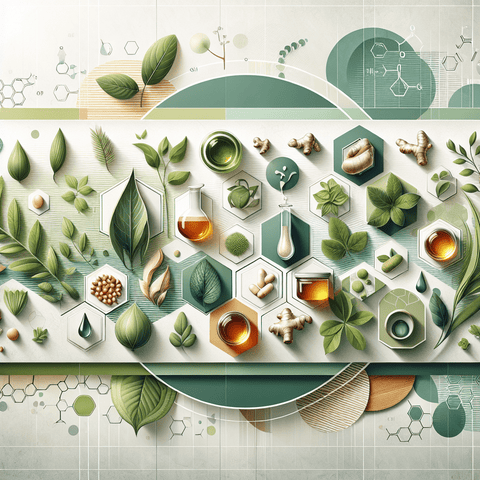Herbal extracts offer a way to experience plant compounds in concentrated form. Among these, herbal extracts commonly include tinctures and teas, both considered forms within the broader category of herbal extracts. By focusing on herbal extracts, you can explore plant-based preparations that capture aroma, flavor, and botanical notes. Herbal extracts in tincture form use a solvent such as ethanol or glycerin to extract plant matter. The resulting liquid is shelf-stable and typically used with a dropper for measured use. When working with herbal extracts, begin with a small amount and follow the product’s directions, and store in a cool, dark place to help preserve quality. Herbal extracts also appear as teas—infusions made by steeping plant material in hot water. Teas as herbal extracts can emphasize different textures and aromas from leaves, flowers, roots, or bark. To prepare, heat water, add dried or fresh plant material, and steep for the recommended time; strain before drinking. The preparation approach varies by herb, and the label often notes suitable temperatures and times for herbal extracts. Quality and safety are essential when working with herbal extracts. Look for clear labeling that identifies the plant, solvent, and extraction ratio as part of the herbal extracts you choose; consider sourcing from reputable suppliers that provide traceability. Proper storage—away from light and moisture—helps maintain the integrity of herbal extracts. If you have allergies or are pregnant or taking other products, consult a qualified professional before use.

